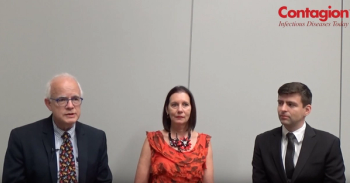
Pavel Prusakov, PharmD, highlights how he educated pharmacists from South Africa to lead antimicrobial stewardship programs in the NICU with Pablo J. Sánchez, MD, and Debra Goff, PharmD.

Pavel Prusakov, PharmD, highlights how he educated pharmacists from South Africa to lead antimicrobial stewardship programs in the NICU with Pablo J. Sánchez, MD, and Debra Goff, PharmD.

Gregory Felzien, MD, AAHIVS, discusses barriers to HIV care, particularly in neglected rural areas.
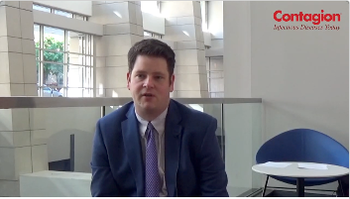
Samuel L. Aitken, PharmD, MPH, shares the lessons learned from a case study on a patient with Stenotrophomonas maltophilia infection.

Elizabeth Hirsch, PharmD, and Delaney Hart, PharmD, discuss their poster at IDWeek 2019.
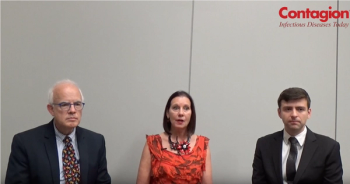
Debra Goff, PharmD, shares how the "Train-the-Trainer" program was implemented in South Africa with Pablo J. Sánchez, MD, and Pavel Prusakov, PharmD.

Deanna Buehrle, PharmD, discusses her study on bloodstream infections in solid organ transplant recipients.

Candidemia is the fourth most common health care-associated infection. To improve hospitalized patients’ safety, infectious disease physicians should be consulted.
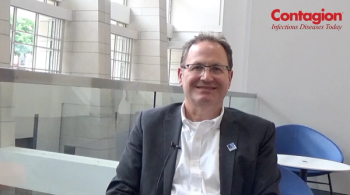
Keith S. Kaye, MD, MPH, discusses the current treatment landscape for pneumonia in the ICU setting, and previews the topline results of the phase 3 RESTORE-IMI 2 trial.

Pablo J. Sánchez, MD, discusses the need for NICU stewardship with Debra Goff, PharmD, and Pavel Prusakov, PharmD.

Health officials provide 4 strategies to improve C auris surveillance efforts.
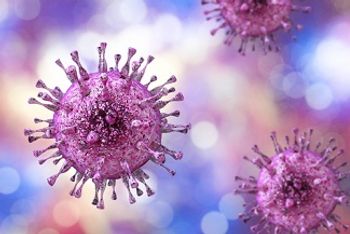
Newborn dried blood spot testing is not sensitive enough to diagnose all cases of congenital cytomegalovirus (cCMV) in infants with sensorineural hearing loss.

Helen Chu, MD, MPH, discussed the "Seattle Flu Study" with Contagion at IDWeek 2019.

Elizabeth Hirsch, PharmD, previews her piece with Mélanie Mahoney, PharmD student, on 2019 updates to CLSI breakpoints.
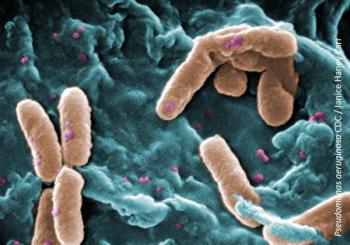
In the absence of interpretive criteria, Fosfomycin has been used to treat Psuedomonas aeruginosa infections, but new research suggests that this option should be evaluated further.
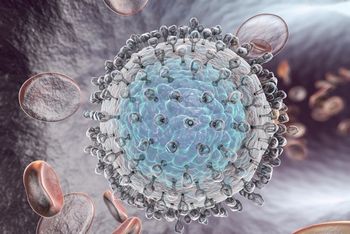
Millennials are a major population affected by the opioid crisis, which has now translated to an increase in hepatitis C virus infections among the generation.

Long-term care facilities participating in a statewide initiative in Nebraska saw improvements in antimicrobial stewardship, including drops in antibiotic starts and C diff infections.
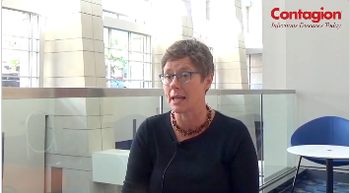
Hermione Hurley, MD, MCBhB, discusses the intersection of substance use disorder and infectious disease.
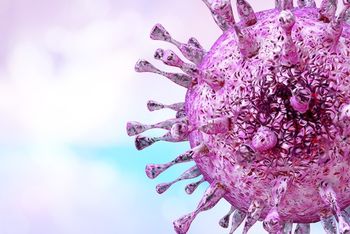
A team of investigators set out to evaluate if administering CMV HIG to women with primary CMV infection during pregnancy could reduce congenital infections.
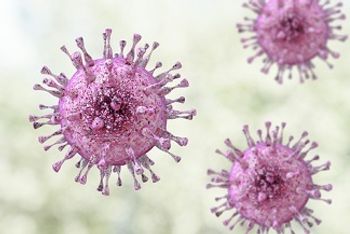
In a late-breaking presentation at IDWeek 2019, investigators from Israel sought to evaluate the effect of the antiviral drug valacyclovir on the rate of vertical transmission of CMV.
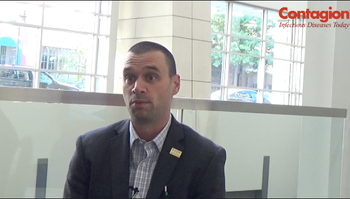
Jason Pogue, PharmD, BCPS, BCIDP, shares that SIDP will become the fifth partner in IDWeek, joining the Infectious Diseases Society of America, the HIV Medicine Association, the Pediatric Infectious Diseases Society, and the Society for Healthcare Epidemiology of America.

Machine learning prediction accuracies ranged from 75.6% (P aeruginosa and ceftazidime; 90/119 correctly predicted) to 98.1% (P aeruginosa and amikacin; 105/107 correctly predicted).
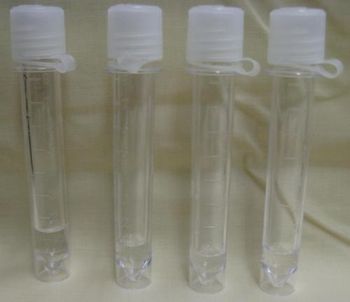
In results presented at IDWeek2019, investigators demonstrated a distinct “signature” of AFM in blinded cerebrospinal fluid samples >80% of the time.
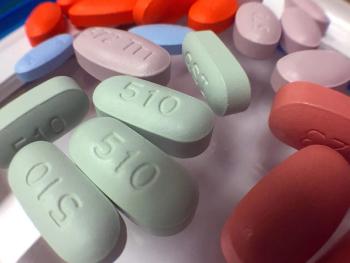
The risk of incident DM was more substantial with INSTIs vs. NNRTIs (HR=1.22; CI: 0.95-1.57), and a similar rate was noted with PI- vs. NNRTI-initiators (HR=1.25; CI: 1.05-1.49).
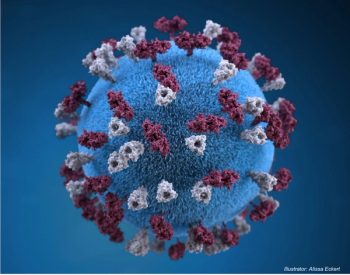
Two late breaker abstracts at IDWeek 2019 provide an in-depth analysis of the 2018-19 measles outbreaks in the state of New York.
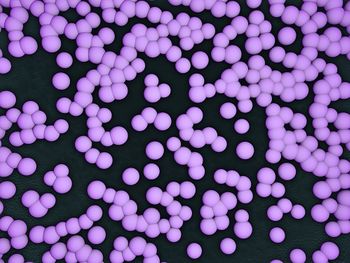
While hospital-onset SAB accounted for about 1 in 10 cases, it is associated with 182% higher complication rate and 144% higher mortality than community-onset infections.
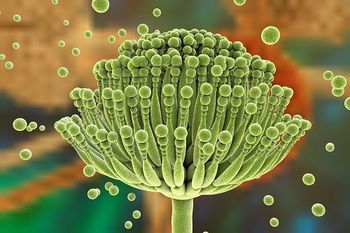
The most common presentation for pediatric invasive aspergillosis patients was a pulmonary infection.
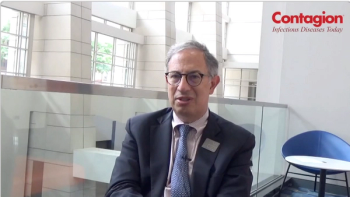
Carlos del Rio, MD, co-director of Emory Center for AIDS Research, discusses the collaboration across specialties that is inherent in infectious disease.
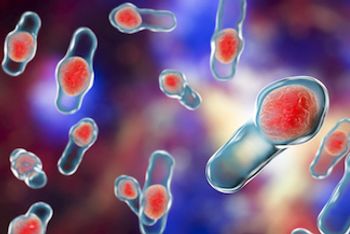
RBX2660, a microbiota-based drug, was safe and efficacious for preventing recurrent C diff infection with clinical durability to 24-months after treatment, independent of age or sex.
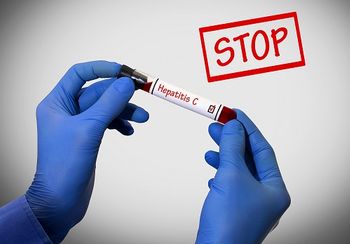
The phase 1/2 trial of a prime-boost vaccine to prevent chronic HCV infection was completed in an at-risk population of in people who inject drugs.
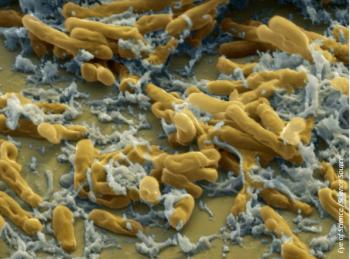
A team of investigators set out to evaluate whether TORC1 inhibitor RTB101 could increase antiviral gene expression and decrease the incidence of RTIs in older adults.